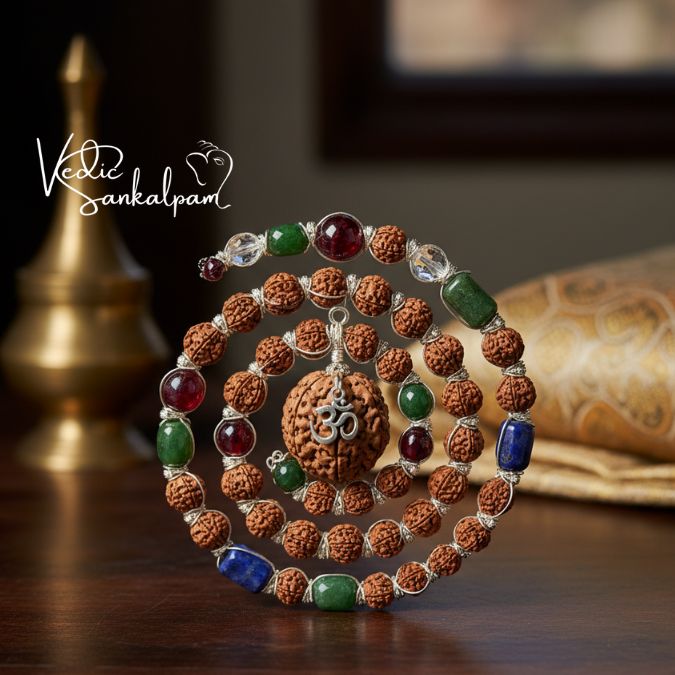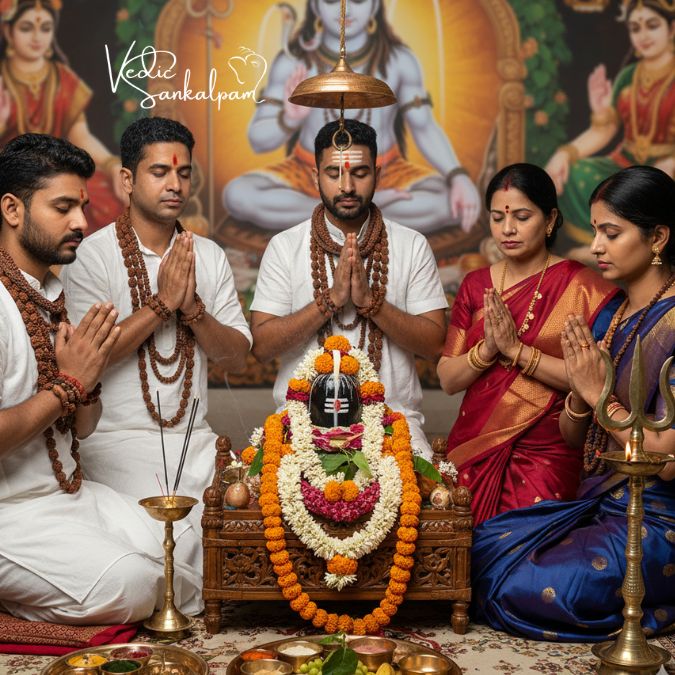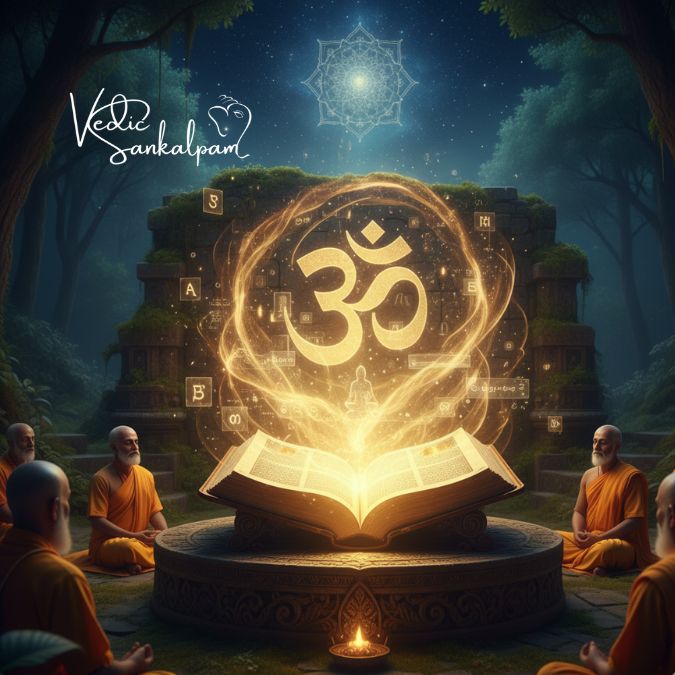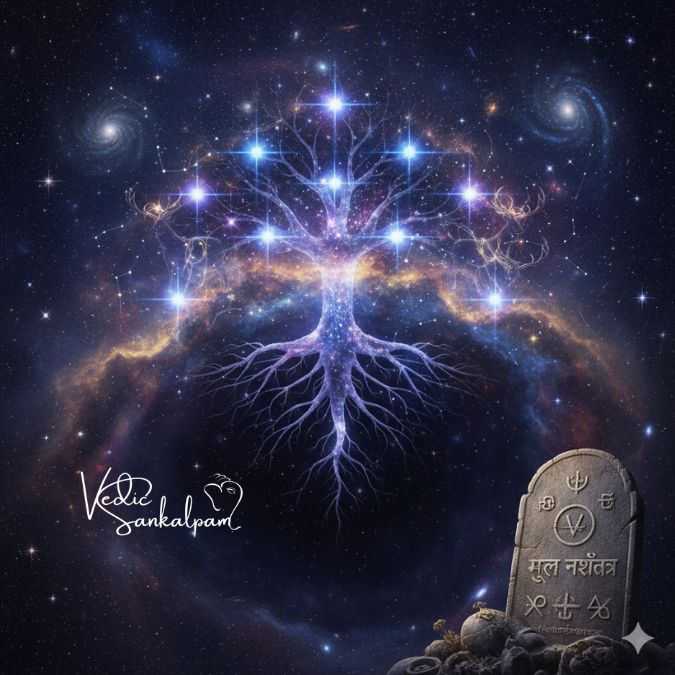Introduction
Have you ever wondered why some people seem destined for success while others face endless challenges? In Vedic astrology, the answer often lies in Birth Yogas — special planetary combinations that shape your destiny, talents, and life experiences.
These Yogas are not mere coincidences; they are cosmic blueprints revealing the karmic design you’re born with. Understanding them can help you decode your strengths and overcome challenges with clarity.
What Are Birth Yogas?

In simple terms, Birth Yogas are specific combinations or alignments of planets in your natal chart that influence your life path. The Sanskrit word “Yoga” means union — in astrology, it refers to the union of planets that produce certain outcomes in one’s life.
Each Yoga holds unique energy. Some bring wealth and fame, while others bring lessons through struggle and transformation.
How Yogas Are Formed in a Birth Chart
A Yoga forms when certain planets occupy specific houses or aspects of each other. The strength, sign, and relationship between planets determine whether a Yoga becomes benefic (positive) or malefic (challenging).
For example:
-
When Jupiter and Moon are in conjunction or aspect each other, Gaj Kesari Yoga forms, bringing wisdom and prosperity.
-
When Moon is alone without any planetary influence, it creates Kemadruma Yoga, often linked with emotional instability or loneliness.
Types of Birth Yogas
Benefic Yogas
These Yogas bless the native with wealth, status, intelligence, and happiness.
Malefic Yogas
These create obstacles, financial troubles, or delays but often bring growth through hardship.
Mixed Yogas
They can produce fluctuating results depending on the Dasha (planetary period) and overall chart strength.
Auspicious Birth Yogas
1. Gaj Kesari Yoga
Formed by Jupiter and Moon, this Yoga brings fame, respect, and wisdom. The person is intelligent and often rises to high positions in life.
2. Budh-Aditya Yoga
Created when Sun and Mercury are together, it blesses the native with intellect, communication skills, and business acumen.
3. Raja Yoga
Occurs when the Lagna lord combines with a Kendra (1st, 4th, 7th, 10th) or Trikona (5th, 9th) lord. It signifies success, authority, and leadership.
4. Dhana Yoga
This wealth-giving Yoga arises when the 2nd, 5th, 9th, or 11th house lords are connected. It brings financial stability and abundance.
5. Lakshmi Yoga
Linked to fortune and prosperity, it happens when Venus and the lord of the 9th house are strong and well-placed.
6. Chandra-Mangal Yoga
Formed by Moon and Mars conjunction, it gives business acumen and the ability to generate wealth.
Inauspicious Birth Yogas
1. Kemadruma Yoga
Occurs when the Moon has no planets on either side. It can cause mental stress or emotional imbalance.
2. Daridra Yoga
Linked to poverty or loss of wealth, it happens when malefic planets influence the 2nd or 11th houses.
3. Grahan Yoga
When the Sun or Moon is eclipsed by Rahu or Ketu, it can create instability or confusion in life.
4. Shakata Yoga
Involves the Moon and Jupiter placed six or eight houses apart, often causing ups and downs in fortune.
5. Pitra Dosha
Caused by afflicted Sun, it indicates ancestral karma that needs resolution through spiritual remedies.
Rare and Powerful Yogas
1. Pancha Mahapurusha Yogas
These are five extraordinary Yogas formed by Mars, Mercury, Jupiter, Venus, or Saturn in their own or exalted sign in Kendra houses. They bring immense power, intelligence, and influence.
2. Neecha Bhanga Raja Yoga
When a debilitated planet gets canceled due to special placements, the native rises after struggles, achieving success and recognition.
3. Vipareeta Raja Yoga
This Yoga forms when the lords of the 6th, 8th, or 12th houses are placed in each other’s houses — turning difficulties into blessings.
Planetary Influence on Yogas
Benefic planets like Jupiter, Venus, and Mercury generally strengthen Yogas.
Malefic planets such as Saturn, Mars, Rahu, and Ketu can distort results but also bring hidden blessings when well-placed.
Lagna-Based Yogas
Every Ascendant (Lagna) responds differently to Yogas. For example:
-
Aries Lagna: Strong Mars enhances leadership Yogas.
-
Cancer Lagna: Moon-related Yogas define emotional strength.
-
Libra Lagna: Venus gives charm and luxury-oriented Yogas.
Yogas and Dasha Periods
A Yoga becomes active during the Dasha or Antardasha of its forming planet. Even a powerful Yoga might stay dormant until the right time, much like a seed waiting for rain to sprout.
Karma and Yogas
Your Yogas are direct reflections of your past karma. Benefic Yogas signify good deeds of past lives, while challenging ones indicate karmic debts meant for resolution.
Remedies for Malefic Yogas
-
Chant mantras like Maha Mrityunjaya or Gayatri.
-
Wear gemstones based on planetary strength (consult an astrologer first).
-
Donate to the poor and perform spiritual practices to reduce karmic burdens.
Birth Yogas in Modern Context
Even in today’s fast-paced world, Yogas remain relevant. They can guide you toward the right career, relationships, and self-development path — blending ancient wisdom with modern psychology.
Common Myths About Yogas
-
Not all malefic Yogas ruin life — many lead to spiritual growth.
-
A single Yoga can’t define your fate — the entire chart must be analyzed.
-
Remedies genuinely help when done with faith and intention.
Conclusion
Birth Yogas are divine blueprints, revealing not just your destiny but your soul’s purpose. By understanding and aligning with them, you can transform challenges into stepping stones and unlock your highest potential.
FAQs
1. Can a person have multiple Yogas in their chart?
Yes, most people have several Yogas — both benefic and malefic — influencing different life areas.
2. Do Yogas guarantee success?
Not always. The strength of planets and Dasha periods determine how fully a Yoga manifests.
3. Can malefic Yogas be neutralized?
Yes, through remedies, devotion, and positive karma, their effects can be lessened.
4. Are Yogas scientifically proven?
While astrology is not a science in the modern sense, it’s a time-tested metaphysical system observed for millennia.
5. Which Yoga is considered most powerful?
Raja Yogas and Pancha Mahapurusha Yogas are among the most powerful, often found in charts of influential leaders.

















